Innovations in 911 Response: Lessons from Durham’s Community Safety Department
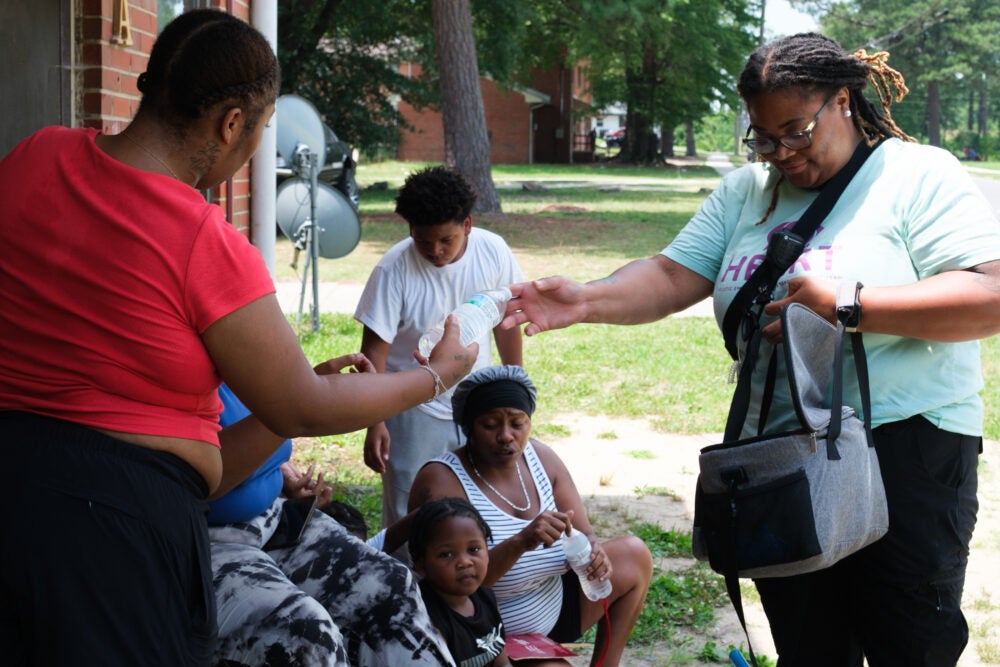
Since 2021, the Harvard Kennedy School Government Performance Lab (GPL) has worked closely with the City of Durham to support the launch and ongoing development of Durham’s Community Safety Department (DCSD). As Durham’s program has grown — becoming one of the nation’s largest alternative response programs — the city has hosted site visits from dozens of public safety leaders across the country who are eager to replicate DCSD’s success in their jurisdictions.
Recognizing the demand for clear, practical guidance, the GPL has consolidated some of Durham’s frequently asked questions and lessons learned into an in-depth case study series. Drawing from this real-world experience, the Innovations in 911 Response series provides strategies for public safety leaders seeking to design, launch, and improve alternative emergency response programs.
Each publication in the series explores a different aspect of developing effective, sustainable alternatives to traditional 911 response systems. Topics include how to develop data-driven decision frameworks, structure funding for long-term success, track program outcomes effectively, and hire and retain staff. Designed for local government leaders, practitioners, and researchers, this series equips readers with step-by-step strategies, reflective questions, and replicable templates that draw on lessons learned from Durham’s work.
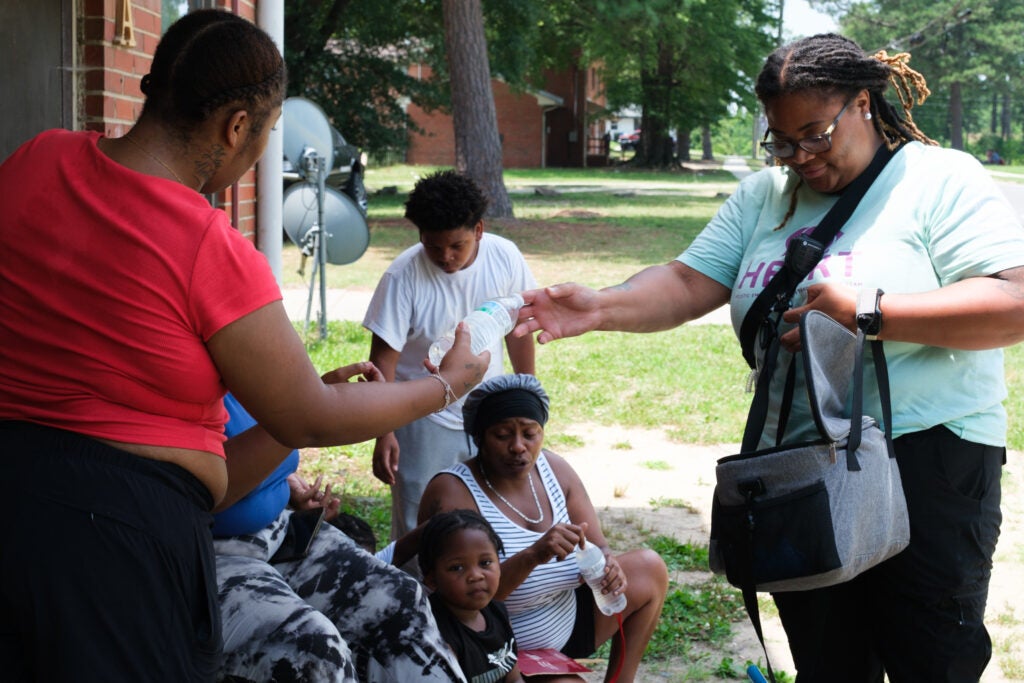
Establishing an Alternative Response Program in Your City
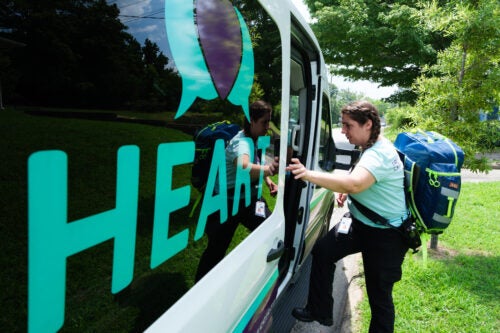
This publication explores the following questions:
- How do you choose the response team models that could be most impactful in your community?
- How do you decide where to house your program?
- How do you decide whether to staff your team with city employees or work with a contracted provider?
- How do you fund your program for the long term?
Leveraging Data to Strengthen Alternative Response Programs
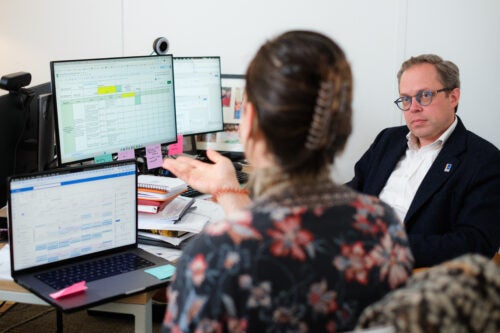
This publication explores the following questions:
- How do you measure whether your alternative response program is functioning well?
- How do you know if your program is ready to expand?
- How do you build your data infrastructure to measure and use data regularly to improve program operations?
- How do you determine what’s not working and implement solutions to address challenges?
Developing Clear Triage and Dispatch Processes for Alternative Response Programs
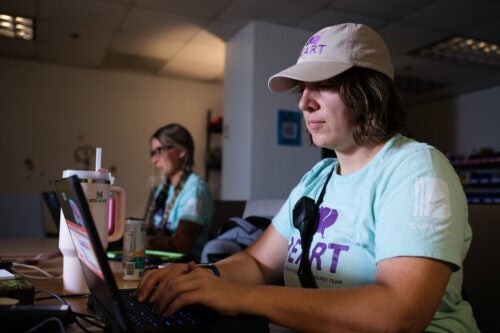
This publication explores the following questions:
- How do you integrate your response program’s operations into the 911 system?
- What are the benefits of integrating into the 911 system?
- How do you decide which 911 calls to send your response team to answer?
- How do you develop a triage and dispatch process?
Hiring and Supporting Alternative Responders
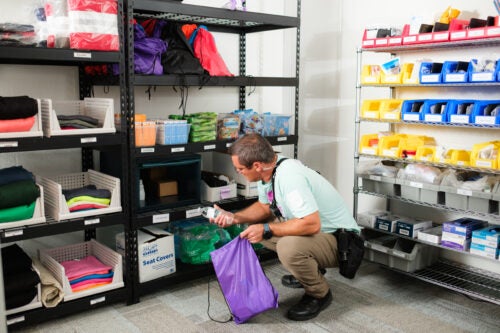
This publication explores the following questions:
- How do you recruit and select the right people to staff your alternative response programs?
- How do you train your alternative response workforce to effectively respond to calls?
- How do you build a strong workplace culture that promotes staff well-being and retention?